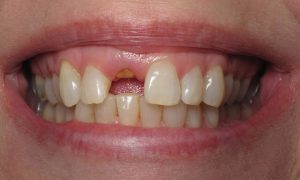

These actions may dislodge any clot that is forming and affect the healing time. Avoid rinsing: As tempting as it can be, avoid rinsing, swishing, or gargling anything in the mouth while the area is still clotting.After this, it is fine to change the gauze as often as necessary. Change the gauze as necessary: It is important to leave the first gauze in the mouth for at least a few hours to allow the clot to form.Get plenty of rest: Expect to be resting for at least the first 24 hours after the extraction.Here are a few additional tips for the first 2 days of aftercare: However, active bleeding after this point requires treatment. Much of the aftercare in the first couple of days following an extraction focuses on allowing a blood clot to form and caring for the mouth in general.Īs some experts note, low level bleeding for up to 24 hours after an extraction is perfectly normal. One of the most important aspects of aftercare is maintaining the blood clot that forms in the socket where the tooth used to be.Ĭaring for this blood clot is key to the healing process, and it helps prevent painful complications, such as dry socket. However, most people find that pain decreases after about 3 days. These include which tooth the dentist took out, as some teeth have deeper roots than others and take longer to heal. Share on Pinterest Using a cold compress may help reduce pain after a tooth extraction.Īftercare for an extracted tooth can vary slightly depending on a few factors.


 0 kommentar(er)
0 kommentar(er)
